Customizing E-commerce Templates and Themes is a powerful way to differentiate your brand, enhance user experience, and boost your search engine optimization (SEO) performance. This comprehensive guide will walk you through the process of customizing e-commerce templates and themes, ensuring that your website is both visually appealing and SEO-friendly.
Table of Contents
Benefits of Customizing E-commerce Templates and Themes
- Enhanced Brand Identity: Create a unique and memorable online presence that reflects your brand’s personality and values.
- Improved User Experience: Tailor your website to meet the specific needs of your target audience, making it easy for them to find and purchase products.
- Increased Conversion Rates: Optimize your website’s layout, navigation, and checkout process to guide visitors smoothly through the buying journey.
- Improved SEO Performance: Customize your template or theme to include SEO best practices, such as optimized page titles, meta descriptions, and image alt tags.

How to Customize E-commerce Templates and Themes
- Choose a Customizable Template or Theme:
Select a template or theme that offers customization options and flexibility. Consider your brand’s aesthetic, target audience, and SEO requirements.
- Edit the Header and Footer:
Customize the header and footer to include your brand logo, contact information, navigation menu, and social media links. Ensure that your header is visually appealing and easy to navigate.
- Design the Homepage:
The initial impression visitors form of your website is based on the homepage. Use high-quality images, clear product descriptions, and call-to-actions to capture their attention.
- Create Custom Product Pages:
Optimize product pages for both user experience and SEO. Include detailed product descriptions, multiple product images, and customer reviews.
- Customize the Checkout Process:
Make the checkout process as seamless as possible by streamlining the steps and providing multiple payment options. Consider implementing abandoned cart recovery strategies.
- Optimize for Mobile:
Ensure that your website is responsive and mobile-friendly. A considerable portion of e-commerce traffic originates from mobile devices.

Conclusion
Customizing e-commerce templates and themes is an essential step for businesses looking to enhance their brand identity, improve user experience, and boost their SEO performance. By following the best practices outlined in this guide, you can create a visually appealing and SEO-friendly website that will drive traffic, increase conversions, and establish a strong online presence in the competitive world of e-commerce.
Frequently Asked Questions
We’ve compiled a list of answers to common questions.
Why is customizing e-commerce templates and themes important for SEO success?
Customizing e-commerce templates and themes allows businesses to optimize their website’s structure, content, and functionality according to SEO best practices. This customization ensures better visibility on search engine results pages (SERPs) and improves the overall user experience, leading to higher rankings and increased organic traffic.
Key elements to customize for SEO include page titles, meta descriptions, image alt tags, URL structures, internal linking, mobile responsiveness, site speed, and structured data markup. These elements contribute to better indexing, crawling, and ranking of the website by search engines.
To ensure alignment with brand identity, businesses should incorporate brand colors, fonts, logos, and visual elements consistently throughout the website. Customizing the design elements, such as headers, footers, typography, and imagery, according to brand guidelines helps reinforce brand identity and create a cohesive online presence.
What role does user experience (UX) play in the customization of e-commerce templates and themes?
User experience (UX) is paramount in the customization process as it directly impacts customer satisfaction, engagement, and conversion rates. Customizing e-commerce templates and themes to prioritize intuitive navigation, clear product presentation, fast load times, seamless checkout processes, and mobile responsiveness enhances UX, leading to higher customer retention and loyalty.
Businesses can measure the effectiveness of their customized e-commerce templates and themes by monitoring key SEO metrics such as organic traffic, keyword rankings, click-through rates (CTRs), bounce rates, conversion rates, and average session duration. Utilizing analytics tools like Google Analytics, Google Search Console, and third-party SEO software allows businesses to track performance over time and make data-driven decisions to further optimize their websites for SEO success.



